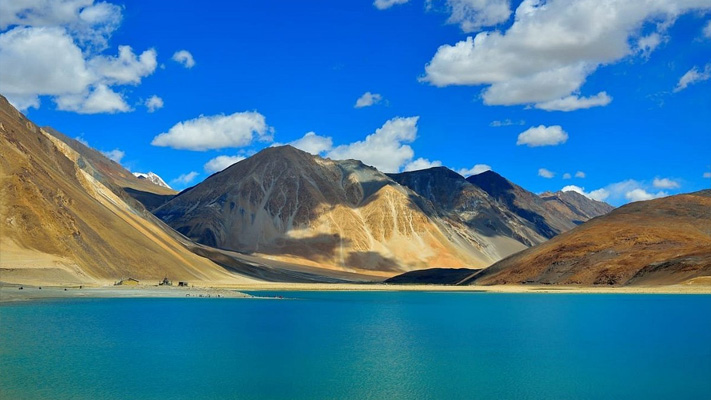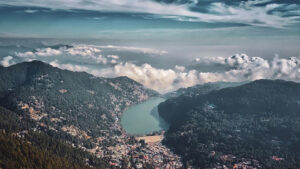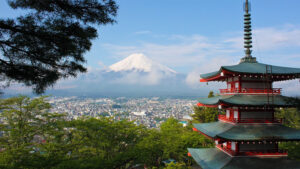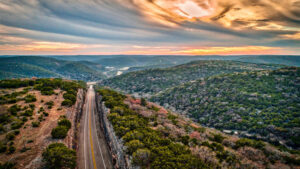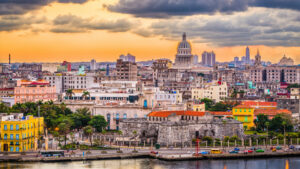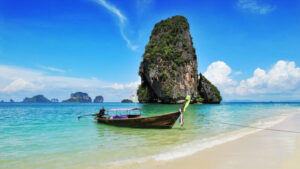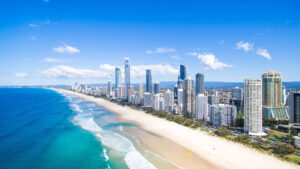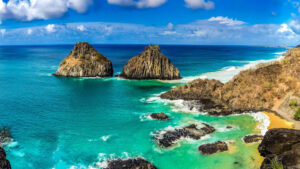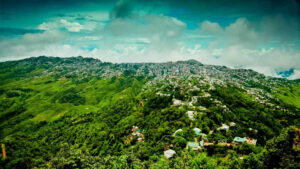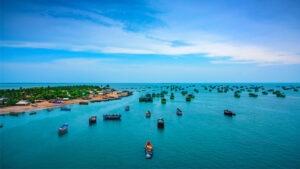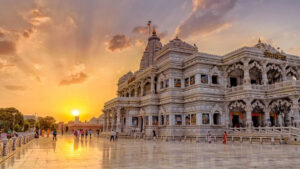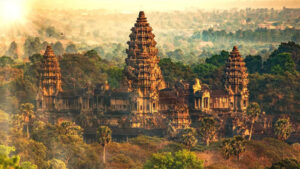PANGONG TSO LAKE, LADAKH – ENJOY THE TRANQUIL SPLENDOR OF THIS HIMALAYAN JEWEL

Pangong Tso, also known as Pangong Lake, is a mesmerizing high-altitude lake nestled in the picturesque landscapes of the Ladakh region in Jammu and Kashmir, India. Situated at an altitude of approximately 4,350 meters (14,270 feet) above sea level, this awe-inspiring lake spans across a vast area and stretches from India to the Tibetan Autonomous Region of China. Pangong Tso has gained worldwide fame for its ethereal beauty, with its crystal-clear blue waters reflecting the magnificent surrounding mountains. The ever-changing hues of the lake, ranging from deep blue to turquoise, create a surreal spectacle that leaves visitors spellbound. The remote and pristine ambiance, coupled with the dramatic Himalayan scenery, makes Pangong Tso a captivating destination for nature lovers, photographers, and adventure seekers alike.

What to Expect
When visiting Pangong Tso, here are some things you can expect:
- Breathtaking Scenery: Pangong Tso is known for its awe-inspiring natural beauty. Be prepared to witness the stunning blue hues of the lake against the backdrop of towering mountains. The ever-changing colors of the water and the serenity of the surroundings create a truly mesmerizing experience.
- High Altitude: Pangong Tso is located at a high altitude of around 4,350 meters (14,270 feet). As a result, you may experience symptoms of altitude sickness, such as shortness of breath, fatigue, and headaches. It is advisable to acclimatize properly, stay hydrated, and take necessary precautions to ensure a comfortable visit.
- Camping Opportunities: Camping by the lakeside is a popular activity at Pangong Tso. Several campsites offer tents and basic facilities for visitors to spend a night under the starry sky. Waking up to the serene beauty of the lake and the surrounding landscape is an unforgettable experience.
- Remote Location: Pangong Tso is situated in a remote area, and reaching there involves a long journey through mountainous terrain. The roads can be challenging, especially during the winter months. It is advisable to plan your trip well in advance, hire a reliable vehicle, and be prepared for a rugged adventure.
- Wildlife Sightings: The region around Pangong Tso is home to various wildlife species. Keep an eye out for migratory birds like seagulls, ducks, and geese, especially during the summer months. You may also spot wild animals like marmots, foxes, and even the elusive snow leopard if you’re lucky.
- Restricted Access: It’s important to note that certain areas around Pangong Tso may have restricted access due to their proximity to the India-China border. Visitors are advised to check the current regulations and obtain any necessary permits before planning their trip.
- Limited Facilities: Due to its remote location, facilities such as accommodation, food, and medical services may be limited around Pangong Tso. It is recommended to carry sufficient supplies, including water, snacks, warm clothing, and any necessary medications.
Visitor Experiences and Activities
When visiting Pangong Tso, there are several visitor experiences and activities that you can engage in:

- Lake Exploration: Spend time exploring the shores of Pangong Tso and marvel at its stunning beauty. Take leisurely walks along the lake, dip your toes in the icy waters, and soak in the peaceful ambiance. You can also find picturesque spots for photography and capture the mesmerizing landscapes.
- Camping: Set up camp near the lake and spend a night under the starry sky. Camping is a popular activity, allowing you to experience the tranquility of the surroundings and wake up to breathtaking views. Remember to bring your camping gear and essentials for a comfortable stay.
- Photography: Pangong Tso offers incredible opportunities for photography enthusiasts. Capture the ever-changing colors of the lake, the reflection of the mountains, and the play of light on the water. The stunning landscapes provide a backdrop for capturing some memorable shots.
- Bird-watching: Keep an eye out for migratory birds that visit Pangong Tso, especially during the summer months. Seagulls, ducks, and geese are commonly spotted around the lake. Binoculars or a camera with a telephoto lens can enhance your bird-watching experience.
- Trekking and Hiking: Explore the surrounding hills and mountains through trekking and hiking trails. Discover panoramic views, hidden valleys, and local flora and fauna. It’s advisable to hire a local guide who can assist you in navigating the terrain and ensure your safety.
- Stargazing: With its remote location and minimal light pollution, Pangong Tso offers an ideal setting for stargazing. On clear nights, witness the spectacle of a star-filled sky, including constellations and the Milky Way. Enjoy the serenity and beauty of the cosmos.
- Local Interactions: Interact with the local inhabitants, particularly the Changpa nomads, who reside in the region. Learn about their unique way of life, their traditions, and their close relationship with the natural surroundings. This cultural exchange can provide valuable insights into the local community.
It’s essential to respect the environment and adhere to responsible travel practices while engaging in these activities. Remember to carry any necessary permits, follow local regulations, and leave no trace of your visit to ensure the preservation of this pristine natural wonder.
Other Fascinating Attractions Nearby
Apart from Pangong Tso, there are several fascinating attractions nearby that you can explore during your visit:

- Tso Moriri: Located approximately 240 kilometers southeast of Pangong Tso, Tso Moriri is another stunning high-altitude lake in Ladakh. Surrounded by snow-capped mountains, it offers a serene and untouched atmosphere. The lake is a haven for birdwatchers, with various species of migratory birds making it their home.
- Hemis National Park: Situated around 200 kilometers southeast of Pangong Tso, Hemis National Park is the largest national park in South Asia. It is home to rare and endangered species like the snow leopard, Tibetan wolf, and Eurasian brown bear. Take a wildlife safari or embark on a trek through the park to spot these majestic creatures.
- Leh: The vibrant town of Leh, located approximately 160 kilometers north of Pangong Tso, serves as the gateway to the Ladakh region. Explore the Leh Palace, visit ancient monasteries like Thiksey and Hemis, and immerse yourself in the local culture and markets of this charming Himalayan town.
- Nubra Valley: Travel north from Pangong Tso and you’ll reach the enchanting Nubra Valley. Known for its unique sand dunes, lush green oasis-like landscapes, and the famous Diskit Monastery, Nubra Valley offers a contrasting scenery that is both surreal and captivating.
- Khardung La Pass: Adventure seekers can take a thrilling drive to Khardung La Pass, one of the highest motorable passes in the world. Located at an elevation of around 5,359 meters (17,582 feet), the pass offers panoramic views of the surrounding mountains and valleys.
- Spituk Monastery: Situated near Leh, Spituk Monastery is a prominent Buddhist monastery known for its rich heritage and stunning views of the Indus River. Explore its ancient temples, admire the intricate artwork, and soak in the spiritual atmosphere.
- Magnetic Hill: Located on the Leh-Kargil-Srinagar highway, Magnetic Hill is a fascinating natural phenomenon. It creates an optical illusion where vehicles appear to move uphill even when in neutral gear. Experience this intriguing phenomenon and enjoy the panoramic views of the surrounding landscapes.

Best Time to Visit
The best time to visit Pangong Tso and the surrounding areas is during the summer months, from May to September. This period offers relatively mild and pleasant weather, allowing for comfortable exploration of the region. The temperatures during this time range from around 10°C to 25°C (50°F to 77°F) during the day, while the nights can get chilly, with temperatures dropping to around 5°C to 10°C (41°F to 50°F).
During the summer season, the roads leading to Pangong Tso are generally open and accessible, making it easier to reach the lake. It is important to note that the lake remains frozen during the winter months, and access may be limited or even closed due to heavy snowfall and harsh weather conditions.
Visiting in the summer also provides a better opportunity for engaging in outdoor activities like camping, trekking, and birdwatching. The lake is often at its most vibrant during this time, with its mesmerizing shades of blue reflecting the clear skies.



